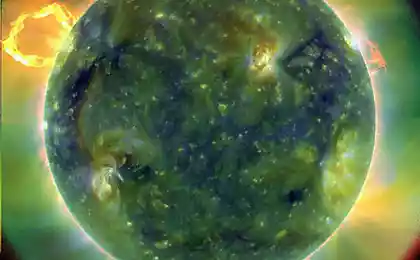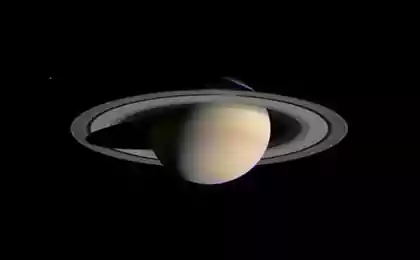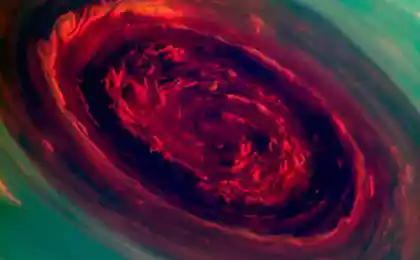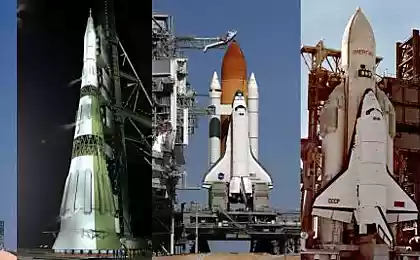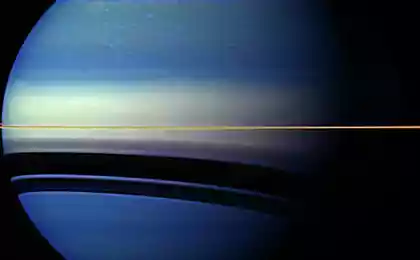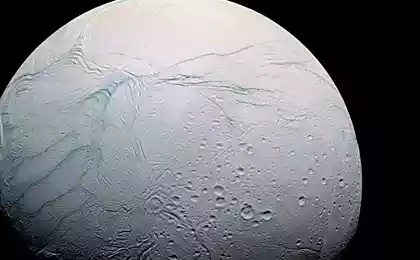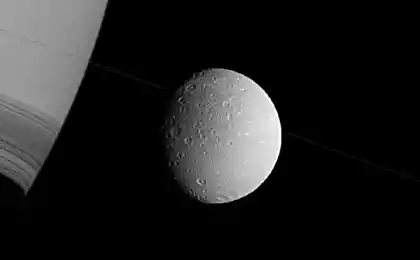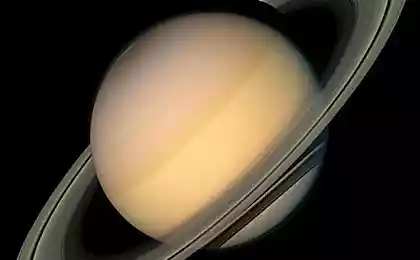583
Cassini flew near Enceladus last
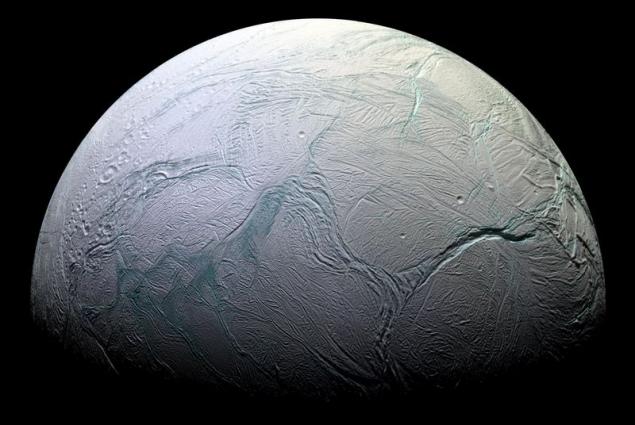
The mission of the Cassini spacecraft approaches the end, and should be completed in 2017. Now the unit was last passed by Enceladus, Saturn's moon. This is not the first rapprochement with the planetoid, and the purpose for the study, scientists choose each time a new one. Now the unit should make a thermal map of Saturn's moon, which would help to better understand the structure of the surface, perhaps, to see the place on the surface of the water outlet.
The distance at which Cassini approached to Enceladus, was 4999 kilometers. Enceladus - a geologically active object, while at the planetoid has ocean under the ice with warm salt water. That scientists have found through previous fly-by satellite. Teukschee distance, according to scientists, to produce optimum heat maps of the surface of Enceladus.
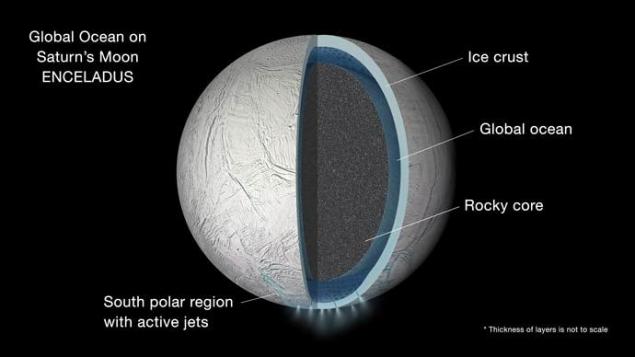
At the minimum distance in 2015, Cassini approached October 28 - to the surface of Enceladus was only 49 kilometers. But this is not the limit of 0 in 2008, Cassini approached Enceladus at a distance of only 28 kilometers from the surface. It is possible to obtain photographs of the surface of the planetoid. Scientists are still studying data that the spacecraft was in October - the Earth received a lot of interesting data. For example, Cassini flew through the material ejected from the surface of Enceladus, and it is also possible to obtain confirmation of the existence of water under a thick ice cover. The study of emissions kriovulkanov allow scientists to understand the approximate composition of ocean water. This, in turn, will allow to understand whether there is a probability of the existence of life under the icy crust of Enceladus. Soon scientists will publish much more information about Enceladus.
Now the solar system has three object, where, according to scientists, there are ice ocean. This is Europe, Jupiter's moon, Ganymede, and Enceladus. All traces of liquid water and water ice is found on a large number of other objects in the solar system. In principle, it is easier to name the sites where there is no water, than to enumerate all the planets and planetoids, where the water is.
Officially, the Cassini mission to be completed in September 2017. It is hoped that by this time the machine will make many more discoveries.
Source: geektimes.ru/post/268044/
Feel the old: the first site in the world celebrated 25 years
15 facts about animals in funny pictures




